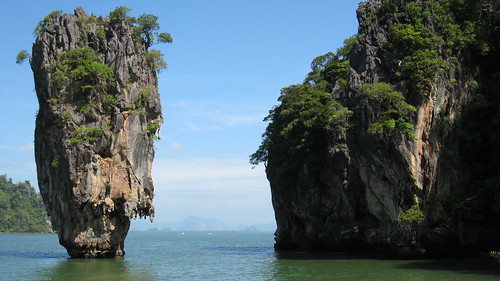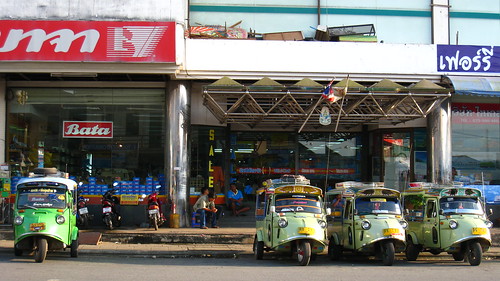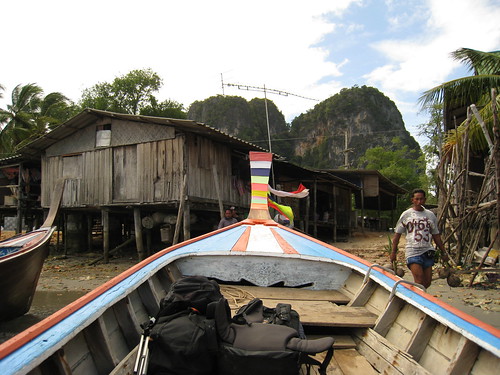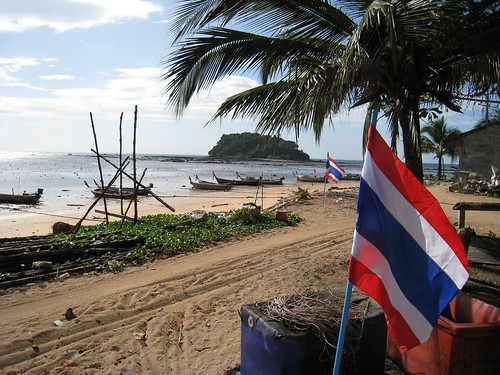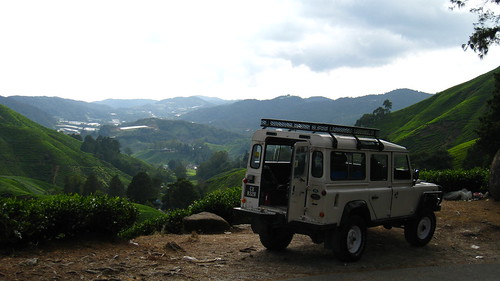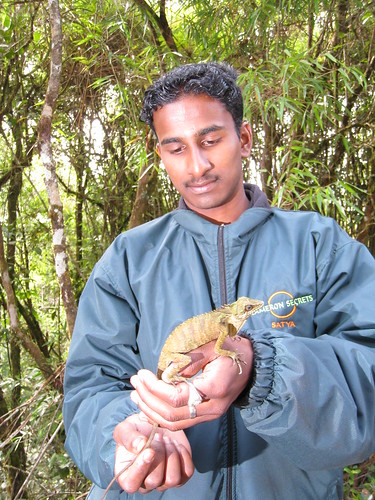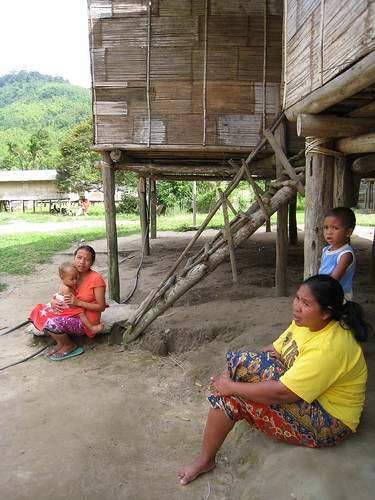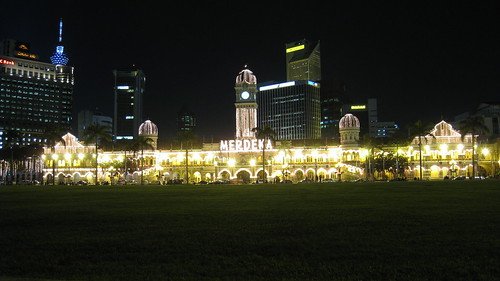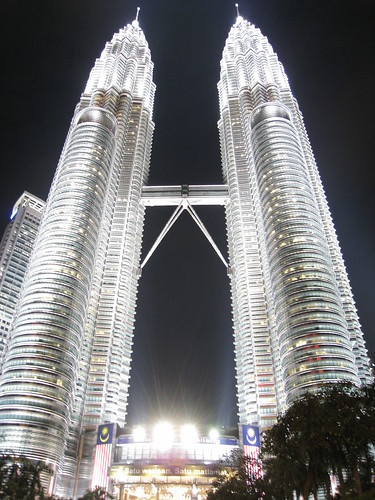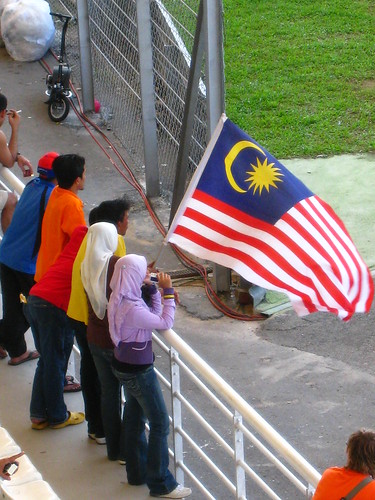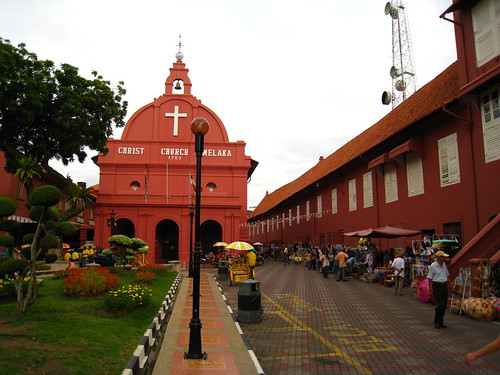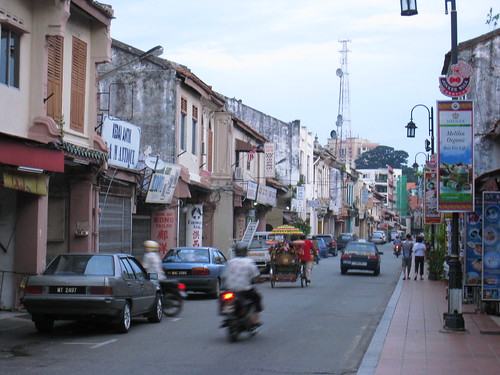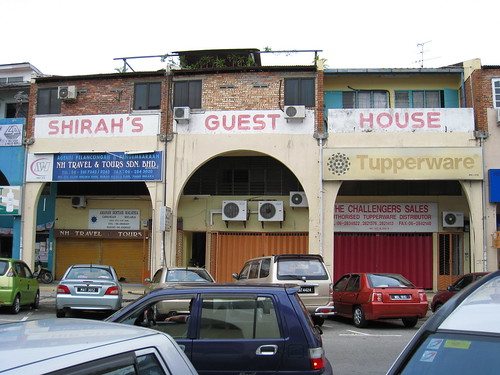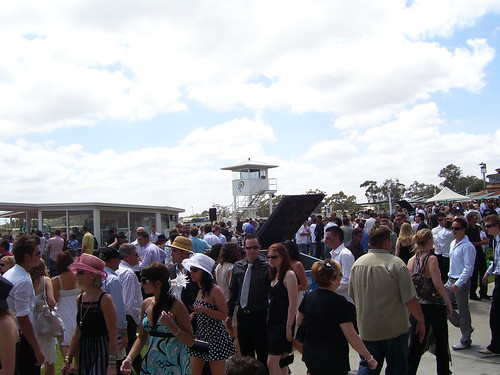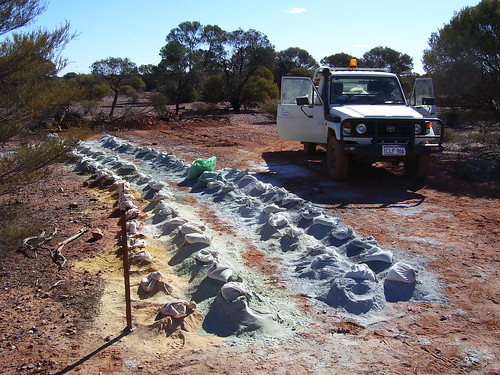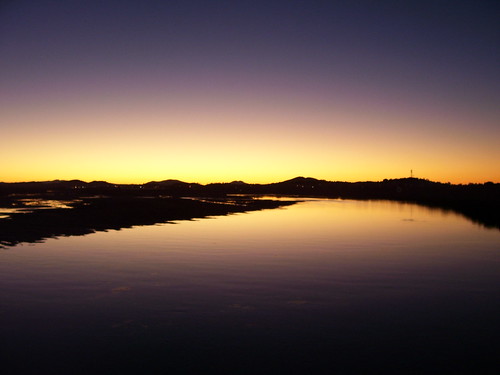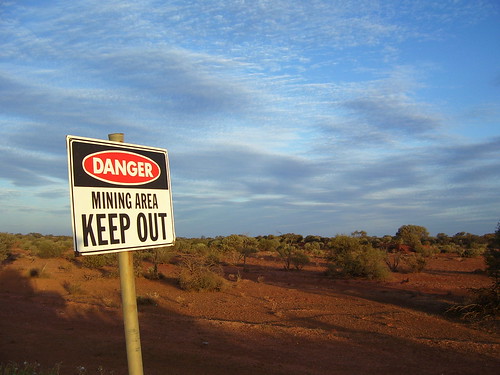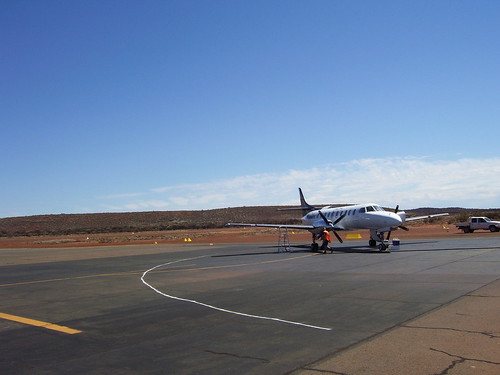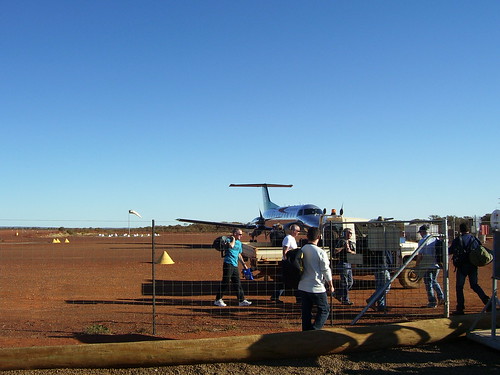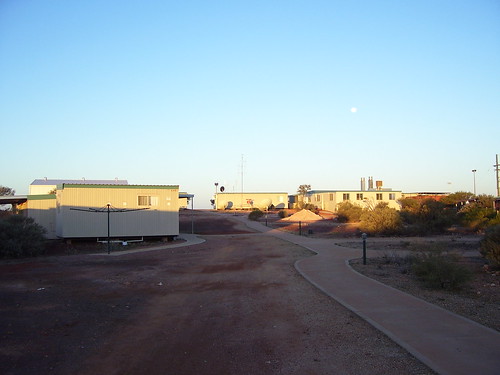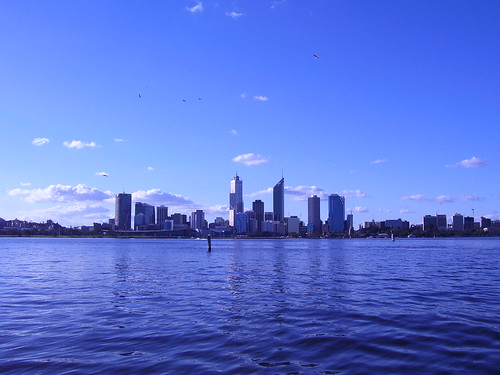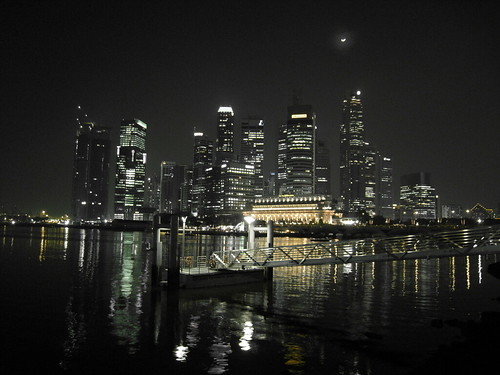
Singapore is the friendliest city I have visited on my travels. It is big, busy and full of people yet still manages to maintain a relaxed atmosphere. It is a melting pot of Chinese, Malays and Indians. I expected to see alot more Western faces than I did. Singapore is addicted to shopping. The shops are busy all day and well into the night. They also love food and you can understand why when it is excellent and it is as cheap as chips, a main meal will set you back just 2 pounds. The streets are busy into the night and feel safe throughout. I wandered the streets at all hours and had no problems,they don't even have the Western problem of drunks spilling on to the streets in the late hours (I think the expats jump/fall into taxis).
I was told by many people that Singapore was a sterile place with little atmosphere and no character. I found Singapore friendly because of the people I encountered and the atmosphere in the streets. It is safe and it is generally clean but that doesn't make it sterile. If you want things to be a bit crazy you can visit Little India, which is even more packed and crowded than the rest of the city. Singapore is heavily Westernised, but I thought that was a great quality. It is Asia's take on an ultra modern city and they have managed to do a better job than most.
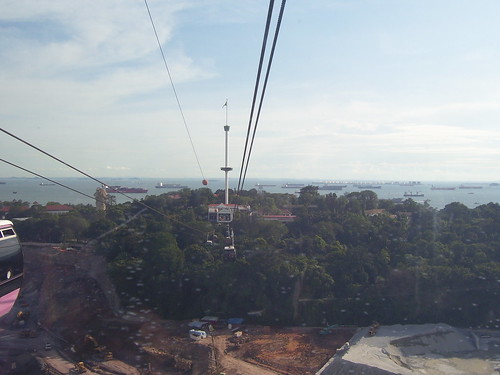 I had to visit Raffles while I was in Singapore. It is very much out of the Empire and it is a great set of buildings to wander around. I had a Singapore Sling cocktail in the Long Bar and was a little disappointed, it doesn't have the greatest air to it and is just a general tourist spot. I also went to Sentosa Island. It is a tourist resort for the locals and can be reached in a variety of ways. The best one is to jump on the cable car from Harbour Front and be whisked over the harbour on to the island. It is so good infact, that at night couples have candlelight dinners in the cable cars. It could well be very romantic but each time you reach the other end people stare at you as the car doors open and you swing passed eating dinner. Sentosa is a great place to watch the sunset, with beautiful man made beaches and a view of the city skyline.
I had to visit Raffles while I was in Singapore. It is very much out of the Empire and it is a great set of buildings to wander around. I had a Singapore Sling cocktail in the Long Bar and was a little disappointed, it doesn't have the greatest air to it and is just a general tourist spot. I also went to Sentosa Island. It is a tourist resort for the locals and can be reached in a variety of ways. The best one is to jump on the cable car from Harbour Front and be whisked over the harbour on to the island. It is so good infact, that at night couples have candlelight dinners in the cable cars. It could well be very romantic but each time you reach the other end people stare at you as the car doors open and you swing passed eating dinner. Sentosa is a great place to watch the sunset, with beautiful man made beaches and a view of the city skyline.
Changi airport is by far the best airport I have been through. It feels big and open. It is also easy to get around. Once you go through immigration you walk straight through to the baggage carousels and then out through customs to the waiting taxis. There isn't a maze of confusing corridors to negotiate. There are also free internet terminals as you walk to immigration. Immigration was the friendliest I have came across, they didn't question you within an inch of your life and they even had complimentary mints. They weren't the cheap fifty different types of urine mints, but the individually packaged ones.
I flew to Singapore from Perth with Qantas. I've flown with Qantas domestically in Australia and internationally. In general I find their stewardesses snotty. They seem to have the attitude of how dare you sit on my plane. On the flight into Singapore they were much better than normal (possibly to do with the average being below the Qantas norm in the mid-twenties). I also discovered that flying on the small planes in and out of the mine sites in Western Australia means you appreciate the comforts of the modern planes even more. I couldn't believe how smooth the takeoff and how much room there was on board (nor how big the wing looked).
I stayed at the New 7th Storey Hotel near Bugis Junction. It is far from new and it isn't 7 storeys high (it is actually 9). It is, however, great budget accommodation. The dorm rooms only have 3 or 4 beds in them. They change the sheets everyday and give you a new toothbrush and a new bar of soap everyday. There is a TV in the room and air-conditioning. I was as ever pleasantly surprised by the people I met during my stay. I met Harry a German who was on his way to Australia. I spent a very entertaining afternoon with him shopping on Orchard Road (a Singaporean institution). He bartered with the shop owners and they gave him very funny banter back. I also met Annette from Australia who introduced me to her Singaporean friends and the delights of fish head soup. On the subject of fish head's they are a Singaporean delicacy and apparently when served a fish head you eat all of it. Another culinary delight is Pig Organ Soup, which is full of pig organ's including the intestines. I also had an unlikely dorm mate in an Orthodox Jew who was extremely shy and even more uncomfortable in his surroundings.
 I was lucky enough to be able to move into a friend of the family's place in Singapore. Andrew (from Perth) put me up at his place in the Twin Regency Condos. I spent a very leisurely week at his place enjoying the 40 metre swimming pool and the close connections to town. The Singapore MRT is the best train system I have come across in a city. It is modern, clean, very cheap, and gets you where you want to go. The only complaint I have is with the locals who seem unable to fathom letting people get off the train before getting on the train. I don't know if I am looking back on the London Underground with rose tinted spectacles but I am pretty sure people would let you off before attempting to get on. Andrew also showed me Orchard Towers and Four Floors which is a great place to people watch, even if the people in question may not be of the highest repute.
I was lucky enough to be able to move into a friend of the family's place in Singapore. Andrew (from Perth) put me up at his place in the Twin Regency Condos. I spent a very leisurely week at his place enjoying the 40 metre swimming pool and the close connections to town. The Singapore MRT is the best train system I have come across in a city. It is modern, clean, very cheap, and gets you where you want to go. The only complaint I have is with the locals who seem unable to fathom letting people get off the train before getting on the train. I don't know if I am looking back on the London Underground with rose tinted spectacles but I am pretty sure people would let you off before attempting to get on. Andrew also showed me Orchard Towers and Four Floors which is a great place to people watch, even if the people in question may not be of the highest repute.
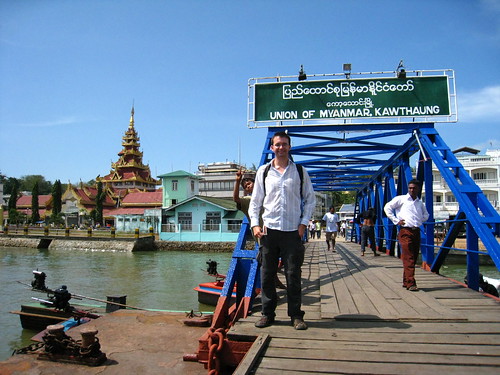 On Christmas Day I went to Burma. Kawthaung is a Burmese town on the opposite side of the river Perchan to Ranong in Thailand. It is a popular place to do the visa run. Most westerners arrive at the immigration hut, pay their money, get their stamp, and jump on a boat out of Burma. It is an intimidating chaotic atmosphere, which doesn't encourage lingering. In the guidebooks they actively encourage people not to have a look around and say that Kawthaung has little to offer and is just the same as the Thai town you just left. This is complete tosh. Kawthaung is quite different to Ranong and while it won't win tourist destination 2008 there are a few sights worth visiting.
On Christmas Day I went to Burma. Kawthaung is a Burmese town on the opposite side of the river Perchan to Ranong in Thailand. It is a popular place to do the visa run. Most westerners arrive at the immigration hut, pay their money, get their stamp, and jump on a boat out of Burma. It is an intimidating chaotic atmosphere, which doesn't encourage lingering. In the guidebooks they actively encourage people not to have a look around and say that Kawthaung has little to offer and is just the same as the Thai town you just left. This is complete tosh. Kawthaung is quite different to Ranong and while it won't win tourist destination 2008 there are a few sights worth visiting. I would recommend doing the visa run (even if you don't want to visit the town) just because it feels like something out of a bygone age of travelling. Ranong port is filled with long boats. Once you have boarded one and waited for more passengers ("We leave now" never means now but when the vessel is full) you head off to Thai immigration. Thai immigration is a hut on stilts in the river. Long boats crash into one another pulling up outside the hut. The boat man grabs your passport, hops between the long boats, and disappears into the hut. He returns with your stamped passports and the next stop is Thai customs. Thai customs is another hut on stilts next to a small island. When we left Thailand they waved us through. When we returned to Thailand they boarded the long boat and I had to empty my bag before the grinning army boy, who sniffed my ginger tablets, and helped me put it all back in my bag. It is then a 30 minute crossing of the estuary to Burma. It is practically open water.
I would recommend doing the visa run (even if you don't want to visit the town) just because it feels like something out of a bygone age of travelling. Ranong port is filled with long boats. Once you have boarded one and waited for more passengers ("We leave now" never means now but when the vessel is full) you head off to Thai immigration. Thai immigration is a hut on stilts in the river. Long boats crash into one another pulling up outside the hut. The boat man grabs your passport, hops between the long boats, and disappears into the hut. He returns with your stamped passports and the next stop is Thai customs. Thai customs is another hut on stilts next to a small island. When we left Thailand they waved us through. When we returned to Thailand they boarded the long boat and I had to empty my bag before the grinning army boy, who sniffed my ginger tablets, and helped me put it all back in my bag. It is then a 30 minute crossing of the estuary to Burma. It is practically open water.  You are first met at another small island by Burma customs, who check some of the passports. The next stop is Kwantaung itself. The port is again filled with long boats and you crash into some as you make your landing at the pier. Once you get off the long boat you are greeted by all sorts of people selling you just about anything. For instance, after my tour around the town I was sitting in a long boat to return to Thailand. Two boys were chatting to me. One of them I had met waiting at Burma customs as he was working on another boat (he is the boy doing the 'peace' sign behind me in the top photo). He was 15 and his younger brother 13. The 15 year old boy tried to sell me a prostitute based on her being much cheaper than a Thai equivalent. His brother tried to sell me viagra and do a currency exchange on 30 Euro cents. Burmese immigration is in a hut on the otherside of a small bridge. The Burmese officials were very nice and spoke excellent English (I expected an American style immigration welcome where they want to kick you out as soon as you have arrived). The whole process is completely mad and well worth experiencing. Alot of Westerners pay big money to go in a big boat with other westerners and not mix with the riff-raff. If you do it that way you miss out on half the fun. The long boats I was in were full of smiley locals who seemed quite impressed to have a Farang in their boat.
You are first met at another small island by Burma customs, who check some of the passports. The next stop is Kwantaung itself. The port is again filled with long boats and you crash into some as you make your landing at the pier. Once you get off the long boat you are greeted by all sorts of people selling you just about anything. For instance, after my tour around the town I was sitting in a long boat to return to Thailand. Two boys were chatting to me. One of them I had met waiting at Burma customs as he was working on another boat (he is the boy doing the 'peace' sign behind me in the top photo). He was 15 and his younger brother 13. The 15 year old boy tried to sell me a prostitute based on her being much cheaper than a Thai equivalent. His brother tried to sell me viagra and do a currency exchange on 30 Euro cents. Burmese immigration is in a hut on the otherside of a small bridge. The Burmese officials were very nice and spoke excellent English (I expected an American style immigration welcome where they want to kick you out as soon as you have arrived). The whole process is completely mad and well worth experiencing. Alot of Westerners pay big money to go in a big boat with other westerners and not mix with the riff-raff. If you do it that way you miss out on half the fun. The long boats I was in were full of smiley locals who seemed quite impressed to have a Farang in their boat.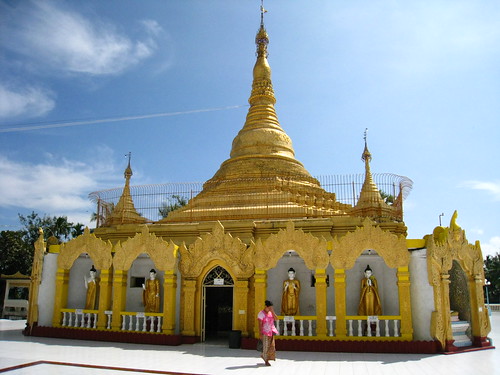 I could have turned tail as soon as I arrived in Kawthaung but I wanted to have a look around. I had paid for a guide, Jung, to show me around for a couple of hours. It is possible to wander on your own, but I wouldn't recommend it. The area around the pier is swarming with people looking to make money out of you. The fact that I had Jung, a local, showing me around meant alot of people didn't bother hassling me and those that did I could ignore. Jung took me for a cup of tea with a mate of his Win. We chatted about Burma and Kawthaung. He gave me some options of what I could do over the next couple of hours. I choose the motorbike tour. We hired a bike, he drove and I sat pillion, and headed off to Victoria Point. There are statues of King Bayintnaung He is not popular with the Thais. He had a habit of invading Thailand and doing it successfully. The big golden statue has him pointing at Thailand. We then headed for the main road in town. The first thing I noticed was that there weren't any cars, just lots of motorbikes, and some very old trucks (possibly from the Second World War). Officially they drive on the right however this seems to very loosely followed. The Pyi Taw Aye Pagoda is stunning. It also has a great view over Kawthaung. We headed back into town and stopped at a few souvenir shops and the market. Thais visit Kawthaung for the shopping, everything is cheaper here.
I could have turned tail as soon as I arrived in Kawthaung but I wanted to have a look around. I had paid for a guide, Jung, to show me around for a couple of hours. It is possible to wander on your own, but I wouldn't recommend it. The area around the pier is swarming with people looking to make money out of you. The fact that I had Jung, a local, showing me around meant alot of people didn't bother hassling me and those that did I could ignore. Jung took me for a cup of tea with a mate of his Win. We chatted about Burma and Kawthaung. He gave me some options of what I could do over the next couple of hours. I choose the motorbike tour. We hired a bike, he drove and I sat pillion, and headed off to Victoria Point. There are statues of King Bayintnaung He is not popular with the Thais. He had a habit of invading Thailand and doing it successfully. The big golden statue has him pointing at Thailand. We then headed for the main road in town. The first thing I noticed was that there weren't any cars, just lots of motorbikes, and some very old trucks (possibly from the Second World War). Officially they drive on the right however this seems to very loosely followed. The Pyi Taw Aye Pagoda is stunning. It also has a great view over Kawthaung. We headed back into town and stopped at a few souvenir shops and the market. Thais visit Kawthaung for the shopping, everything is cheaper here.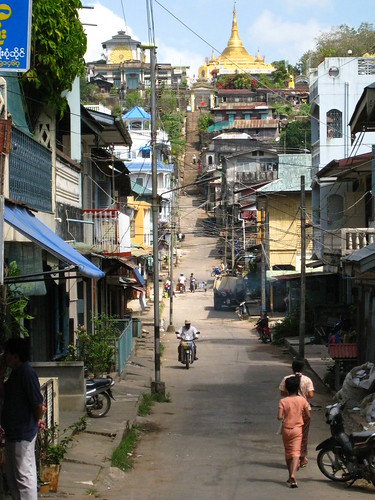 The Burmese people, like the Thais, are very friendly and I was greeted by lots of smiles. The poverty in comparison to Thailand is noticeable. There was alot more begging than I had encountered in Southern Thailand. I was met by a little girl outside a shop who spoke excellent English. We chatted briefly and then she asked me for money. When I arrived I was followed by a young monk who had his begging bowl extended (Jung asked him to go away). When we went for tea piles of different food stuffs arrived on the table. I had a pastry. It seems that if you don't eat what appears infront of you you don't pay, and seeing me everyone wanted to get their choice morsels under my nose.
The Burmese people, like the Thais, are very friendly and I was greeted by lots of smiles. The poverty in comparison to Thailand is noticeable. There was alot more begging than I had encountered in Southern Thailand. I was met by a little girl outside a shop who spoke excellent English. We chatted briefly and then she asked me for money. When I arrived I was followed by a young monk who had his begging bowl extended (Jung asked him to go away). When we went for tea piles of different food stuffs arrived on the table. I had a pastry. It seems that if you don't eat what appears infront of you you don't pay, and seeing me everyone wanted to get their choice morsels under my nose. 

